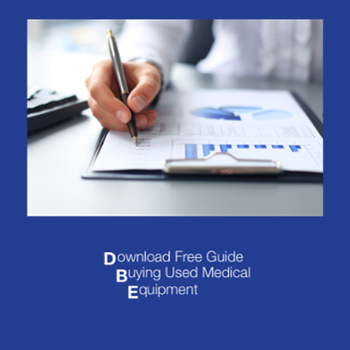There was medical imaging before COVID-19. Then it radically changed during COVID-19. Now that COVID-19 appears to be  receding a little, can we go back to business as usual before the virus? Experts say “not so fast.” There will need to be a balance between clinical assessment, ethical judgment and logistical planning.
receding a little, can we go back to business as usual before the virus? Experts say “not so fast.” There will need to be a balance between clinical assessment, ethical judgment and logistical planning.
During the COVID-19 crisis, adult and pediatric radiology departments curtailed imaging studies. As we move forward, the goal should be to avoid straining medical imaging departments, according to Irish and U.S. authors of an article that appeared in Journal of the American College of Radiology or JACR.
Dr. Aisling Snow of the radiology department at the University of Dublin Trinity College wrote, “Radiology departments worldwide have been severely affected by a period of COVID-19-induced imaging austerity that will reach beyond the peak of the pandemic.” George A. Taylor of Boston’s Harvard Medical School said,” Each department needs to rapidly take stock of the known and estimated future effects and begin to implement a strategy for returning to normal function."
Four-Pronged Approach Recommended
The authors recommended four steps to ramping up operations following the pandemic: forming a task force, reviewing system capabilities, designing a recovery process and creating a clear communication strategy.
There should be a unified approach to imaging workload realignments, which requires a relationship between the referrers and the radiology task force. The task force should be comprised of radiologists, administrators and modality specialist radiologic technologists and radiographers.
Snow and Taylor wrote, “Documenting each referrer's preferred method of communication about patients has already proved helpful in one of our hospitals." They also recommended using available systems for documentation, including RIS, PACS and electronic health records to note decisions regarding the imaging of patients. The task force should also consider staffing and budget.
The task force should determine staff capabilities and match them with available facilities, the location of facilities and clinical need. Another factor is finances, especially in the U.S. since healthcare systems are struggling to pay employees on staff. It would be challenging to hire additional staff and purchase additional equipment.
As we move into a post COVID-19 process, there needs to be a prioritization of patients: those who have already been rescheduled and those who have been deferred. Some departments might be able to redistribute deferred cases without altering the scheduled appointments of other patients. For healthcare facilities with long waiting lists or limited capacity to return to high outputs, it may require a full reevaluation of all cases to allow equity of prioritization across all specialties and referrers. It’s important to consider urgent and emergent imaging, time-critical imaging, imaging of known versus potential disease and screening when reevaluating.
The authors wrote, “"Referrer and radiologist input will be necessary in order to determine if a study is still required, whether the correct study is ordered, and, if so and in the context of available resources, how quickly it should be and can be performed.”
For things to run smoothly, the task force must also communicate effectively with corporate management, radiology staff, referrers and patients.
Snow and Taylor concluded, “Proactive and careful management should allow departments to actively manage a recovery process that will last well beyond the immediate critical care crisis. Planning our own recovery will ultimately protect patients and staff and enable us to respond accordingly as the uncertainty of the coming months unfolds."
As you reevaluate your procedures and medical imaging equipment, remember that it can be financially wise to consider purchasing certified refurbished medical imaging equipment. The cost savings can be significant and you can still get the service warranty you want for peace of mind and protection. Talk to an expert at Atlantis Worldwide today.
Follow Atlantis Worldwide on Twitter: @AtlantisLLC
Other blogs you may have missed:
- Should your business lease or buy medical imaging equipment?
- CT Scans Can Determine Severity of Coronavirus
- Can Ultrasound Help Diagnose COVID-19?
- Tips For Resuming Elective Surgery During The Pandemic
- Free CT Resources
About the author: Vikki Harmonay




